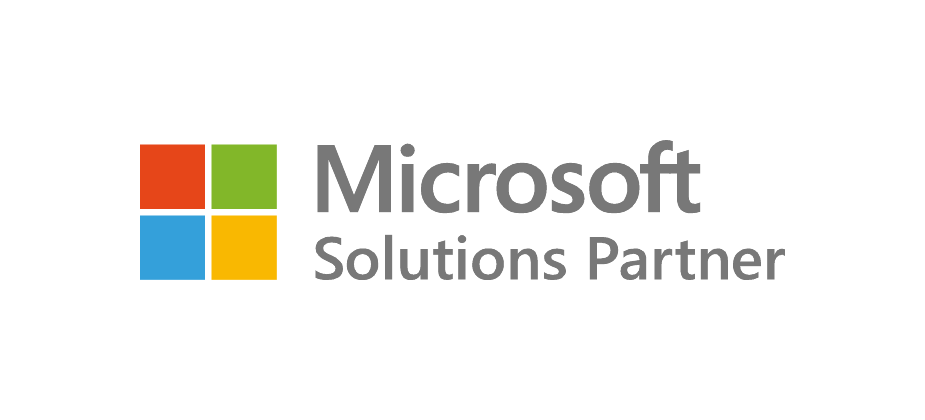A Century of Change. The new breed required to outperform your competitors.
Back a century or so, industrial mechanisation was the key to productivity improvements necessary for organisations to remain competitive. Small tasks were extracted from long processes and then assigned to individual workers so they could become as efficient as possible at completing that one task. It would take a long time for managers to realise that this approach wouldn’t achieve the desired results and would in fact, dehumanise workers to the extent that absenteeism would rise, workers would look for more fulfilling roles elsewhere and productivity would decline over time.
The majority of jobs at the time, were task-orientated for individuals. Contract this today, with work that requires a substantial degree of cognitive analysis, creative genius, and adaptability to changing circumstances. To deal with the change in focus, work has shifted from individual workers to groups of collaborative teams.
Organisations initially responded by putting together project teams, so when complex problems needed to be solved, a team of people were pulled together for the duration of the project, magic would happen, and all projects would run on time, on budget, within scope and with remarkable quality. Hang on a minute … that doesn’t seem to be quite right in all cases.
Part of the problem was that when teams were put together for each project, often that meant people would be with working with others in teams that were entirely new to each other.
The discipline of project management was born and an opportunity to streamline and refine the best-practice approaches necessary for optimal project outcomes. Project management offices (PMOs) centralised this unique skill set, or black art, into high-performance project ninjas who could sweep into projects and really make a mess of things.
But the nature of work, workers and workplaces is changing.
Artificial intelligence (AI) and robotic process automation (RPA) are set to change the world. They actually have already, and if they haven’t for you and your organisation, you don’t need to think about investing, you need to catch up to everyone else.
AI and RPA are replacing those mundane tasks of the individual workers at a rapid rate. Work has evolved to creative decision-making fueled by data analytics and connected, interactive systems. These challenges require a fluid teams-based approach, melding together varied skill sets that include cognitive diversity, creative thinking, strategic thinking, and critical thinking.
Teams of people collaborate through loose interconnections and transient relationships based on anything but a formal organisational structure. Experts emerge from these teams based on actual performance rather than academic achievements.
To harness the power of collaborative teams, organisations need to shift their thinking and embrace a new set of tools – the project-based workspaces that focus on a particular project and bring together all the applications, systems, data and documents in a single place, rather than each object being stored in a different system with its own application, method of access and credentials for access.
Single sign-on, consolidated reporting, automation and integration are the features required to sit around a central platform for collaboration. Cybersecurity and data privacy must be baked into this solution at every layer, not added on top as an afterthought.
Consider these questions as you ponder your maturity of organisational resilience and agility:
- Are you still living a strict hierarchical organisational structure?
- Are you comfortable with your absenteeism and staff turnover rates, or worse still, are you unsure where to get these figures or don’t trust what you are being told?
- Are you yet to embrace AI and RPA?
- Do you have a formal process of innovation that results in a large number of products and services you have available today, that didn’t exist last year?
- Where are the experts in your organisation?
- What are the top skills you look for in new appointments, and if they aren’t strategic decision-making, creative and critical thinking, why aren’t they?
- Do you have an easily digestible current view of your strategic risks with mitigation plans in place to ensure you achieve your strategic objectives?
The world has never moved so quickly, and will never move so slowly again.



